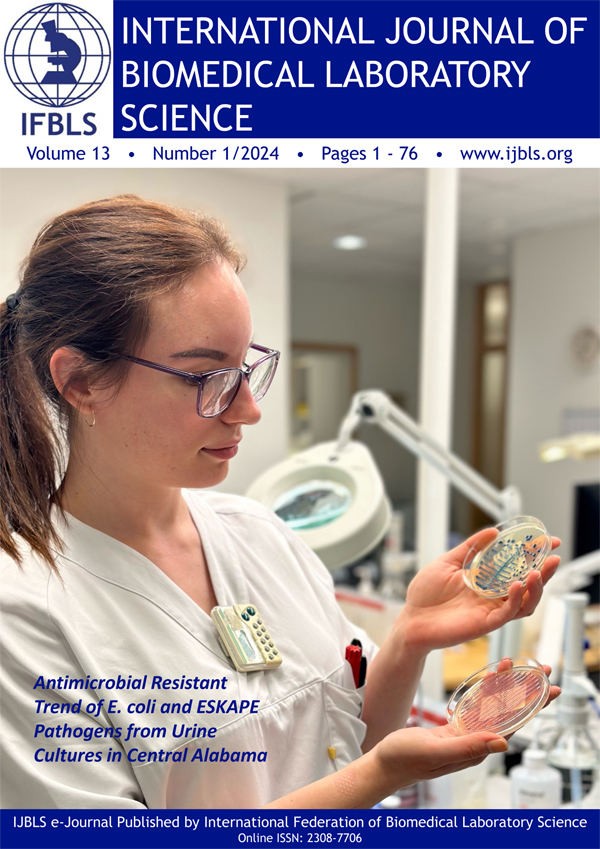Research article: Generation of a Diagnostic Algorithm that Utilizes ESR and CRP Values in the Detection of Osteomyelitis in Patients with Comorbidities
Mindy Manek, Vicki S. Freeman, Jose H. Salazar, Juan U. Rojo
Abstract
Background: Erythrocyte sedimentation rate (ESR) and C-reactive protein (CRP) tests are routinely ordered for differentiating osteomyelitis from cellulitis. However, ESR and CRP values are often overlooked and clinical decisions for diagnosis and treatment of osteomyelitis are primarily based on results of imaging exams. Furthermore, current clinical guidelines do not recommend the use of ESR and CRP as markers for osteomyelitis. Nonetheless, ESR and CRP continue being incorporated in the panel of tests ordered in patients suspected of having osteomyelitis. This practice leads to overutilization and unnecessary testing which can delay proper diagnosis and treatment. In an effort to reduce unnecessary ordering of ESR and CRP tests by providing evidence-based guidelines, this study identified a patient population for which ESR and CRP laboratory values may be clinically significant in detecting osteomyelitis.
Methods: A retrospective study from medical records of patients diagnosed with cellulitis and osteomyelitis was completed. Laboratory values of white blood cell (WBC) count, ESR, and CRP were compared between patients presenting with comorbidities and without comorbidities. Optimal cutoff values for ESR and CRP were identified, and a diagnostic algorithm was generated. A second population was utilized to test the performance of the algorithm in differentiating osteomyelitis from cellulitis by utilizing ESR and CRP test results.
Results: WBC, ESR and CRP did not provide clinically significant results to identify osteomyelitis in the total patient cohort. However, when grouping patients based on the presence or absence of comorbidities, a cutoff value of > 90 mm/hr for ESR and a value of >10.0 mg/dL for CRP was statistically significant only in the group of patients with comorbidities. Based on the established cutoffs, a diagnostic algorithm was generated which, when tested, demonstrated the ability to correctly identify 97.1% of test patients with a diagnosis of osteomyelitis.
Conclusion: The results provide guidelines for the possible better utilization of ESR and CRP when evaluating patients suspected of osteomyelitis. This study suggests the use of a diagnostic algorithm to effectively utilize ESR and CRP test results in a population where the values were demonstrated to be clinically significant.
Keywords: ESR, CRP, diagnostic algorithm, comorbidities, osteomyelitis, and cellulitis
Int. J. Bio. Lab. Sci 2024(13)1:5-14 【PDF】


